
Osteoporosis is a certain type of medical condition which can be easily characterized as a loss of bone density. The affected bones still have normal composition but there are simply less of them, so they are much weaker and prone to fractures which can be triggered even by minor traumas. Osteoporosis is also characterized by a certain loss of horizontal trabecular parts of the affected bones, which can be found in most important joints in the human body. Etiology says that there are two main types of osteoporosis and those are idiopathic and secondary.
Idiopathic osteoporosis
This type of osteoporosis is not associated with any other type of condition which could predispose it. It is caused only by natural changes in the density of the bones, which occurs gradually as the person grows old. Women who are post menopausal usually experience a much greater rate of decline in bone density. This is one of the reasons why women usually suffer from osteoporosis much more than men.
Low levels of estrogen in women who are post menopausal seems to be the main contributing factor to the development of osteoporosis, simply due to the fact that they inhibit the osteoblast cells. This is why osteoporosis cab be treated with hormone replacement therapy in some cases. Other factors that may be associated with idiopathic osteoporosis include excessive caffeine intake, excessive alcohol intake, cigarette smoking, sedentary lifestyle, low calcium intake in the diet, family history and early menopause.
Secondary osteoporosis
Secondary osteoporosis is a medical condition which is caused by medications or other types of medical conditions. Those include endocrine disorders such as Cushing’s syndrome, hypogonadism, hyperthyroidism and hyperparathyroidism. Various metabolic problems such as malabsorption and chronic renal failure may also be associated with secondary osteoporosis.
There are also certain specific conditions which affect the bones, and they may also be associated with the development of secondary osteoporosis. Those conditions include osteogenesis imperfect and osteomalacia. Medications associated with the development of secondary osteoporosis include thyroxine (which is used for the treatment of hypothyroidism and glucocorticoid therapy. Other possible causes of secondary osteoporosis may include anorexia nervosa, rheumatoid arthritis and different types of cancer.
Treatment options
After fracture, one needs as much bed rest as possible, physiotherapy, Calcitonin and early mobilization. In order to restore bone mass, one requires plenty of calcium, calcitonin, bisphosphates and hormone replacement therapy. Vitamin D supplements may also be helpful to a certain extent.


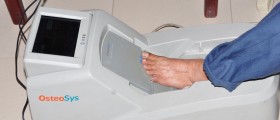

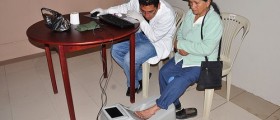


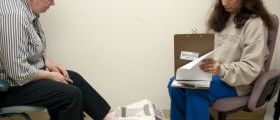







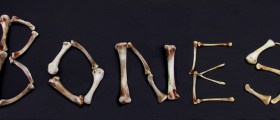
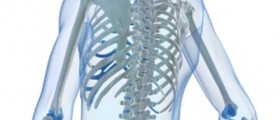
Your thoughts on this
Loading...